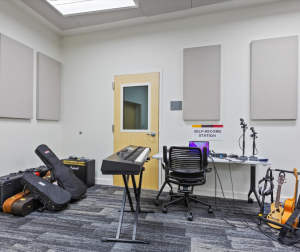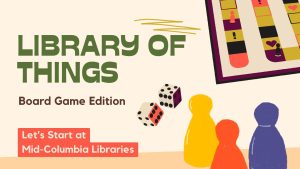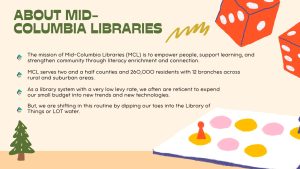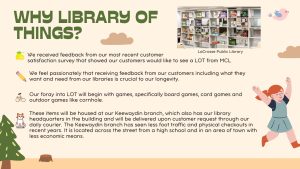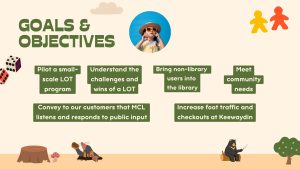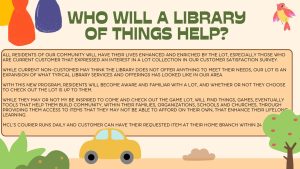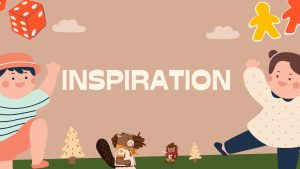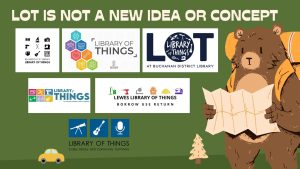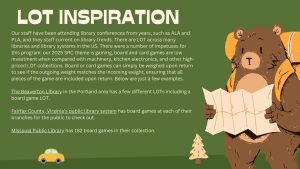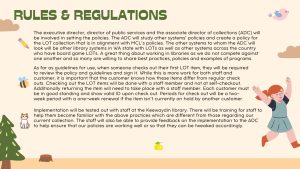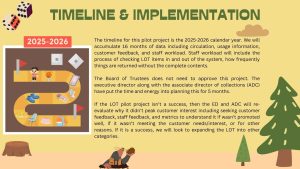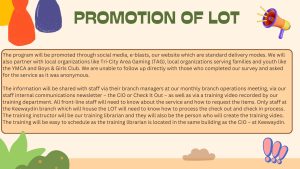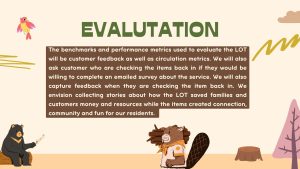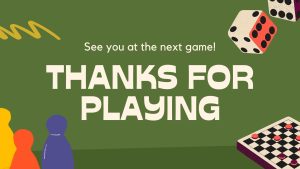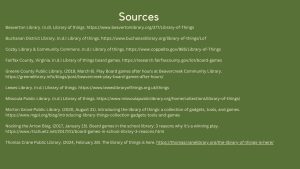Having worked in public libraries for close to 5 years, one of the things I love the most about working in public libraries is that we do not compete against one another. Not only do we freely share information, knowledge and expertise with our customers, but we also freely share our first-hand lessons learned, work examples, great wins and losses and more. When our system was looking at reciprocal borrowing, we asked other systems in our state how they created their policies, what were things they wouldn’t do again, what were the wins, and anything else they were willing to share. Our system also looks to another district that serves multiple counties for information they are willing to share. They create amazing marketing materials, both in format and in content.
A particularly challenging area for our library system is the variedness of our branch staff. We have 12 branches across our system and they are rural and suburban. One branch is as small as a shipping container and our largest is approximately 35,000 square feet. Just as the size of our branches are varied, so are the people who work in these branches. I really appreciated the different types of learners detailed in The Strategic, Curious & Skeptical Learner : Australian Public Librarians and Professional Learning Experiences by Professor Stephens et al.
A few branch staff who work in our more rural branches tend to demonstrate some of the skeptical learners’ behaviors. They feel they know their branch, customers and surrounding service area the best, and do not often feel that the training and educational opportunities provided to them apply to the rural areas and themselves. Meanwhile staff within the larger branches in the suburban areas tend to align themselves more with library policies and procedures and find more value in the PLEs offered.
Below is a Pew study that illustrates the how people feel understood by those who live in a differently populated community.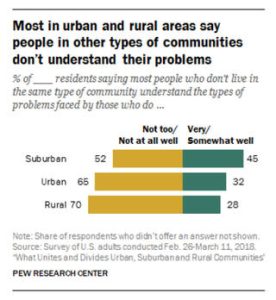
This is a fine line our system was to walk – respecting each branch manager and their community. However, to ensure that each customer receives the same customer service and product, no matter the branch, continuity is important when we are looking at PLEs for all staff.
Facing History & Ourselves. (2024). How urban, suburban, and rural communities view one another: Pew Research Study. Facing History & Ourselves. https://www.facinghistory.org/resource-library/how-urban-suburban-rural-communities-view-one-another-pew-research-study#citation-information-59389
Stephens, M., Partridge, H., Davis, K., & Snyder, M. (2021). The Strategic, Curious & Skeptical Learner : Australian Public Librarians and Professional Learning Experiences. Public Library Quarterly, 41(3), 257–272. https://doi-org.libaccess.sjlibrary.org/10.1080/01616846.2021.1893114


